Saudi Arabia is a desert country with NO permanent rivers or lakes and very little rain water. Water is scarce. There are two main sources of water in this area, aquifers and sea water.
About 40% of the drinking water comes from aquifers. There are vast underground reservoirs of water that date back tens of thousands of years. The government undertook a major effort to locate and map out these reservoirs and estimate there capacity. As a result many deep wells have been drilled to tap into this water. Because of the recent dramatic increase in the population here, there is a growing concern that many of these aquifers may run out of water in the near future. It is estimated that three quarters of the water in these reservoirs has been used just in one generation.
About 50% of the water supply is produced through desalination. This is the process of producing drinking water from brackish seawater. Saudi Arabia is the world’s largest producer of desalinated water.
The Saline Water Conversion Corporation operates 27 desalination plants that produce more than eight hundred million gallons of drinking water a day. The plants provide 70 percent of the water used in cities as well as water for industrial use. Many of these plants are also a major source for electric power generation.
About 10% of the water comes from a network of dams used to capture surface water after flash floods. These dams capture and hold the water, used primarily for crop irrigation. Some of this water travels through thousands of miles of canals and ditches to vast tracts of fertile land. Most of these dams are located in southwest Saudi Arabia. There are many wadi’s in this area. A wadi is the Arabic term referring to a dry riverbed in a valley or ravine, it contains water only during the rainy season.
There is a growing interest in recycled water. The goal is to recycle as much as 40 percent of the water used for domestic purposes in urban areas. Recycle plants have been built in some of the bigger cities and the major urban centers to recycle water for use to irrigate farm fields and urban parks.
Because of Saudis vast wealth, water here is very, very cheap. It takes a lot of energy to produce desalination water and we all know Saudi has a lot of cheap oil. California has many small desalination plants in use today. Because of the current long drought, there is more interest in adding larger desalination plants along the west coast. The largest plant in the US is currently being built in Carlsbad California, when completed in 2016, it will produce 50 million gallons of drinking water a day.
Now you may be asking yourself, this is all sort of interesting but why are you telling me all of this? Well just about two miles up the coast from our compound is a large desalination and electric plant. This plant produces water for most of the Eastern Province and much of the water used in Riyadh 430 miles away.
Interestingly the owners of our compound, a very wealthy businessman, lives on a compound attached to our compound. He built this own desalination and water treatment facility on the compound for our use. Please see the pictures below.

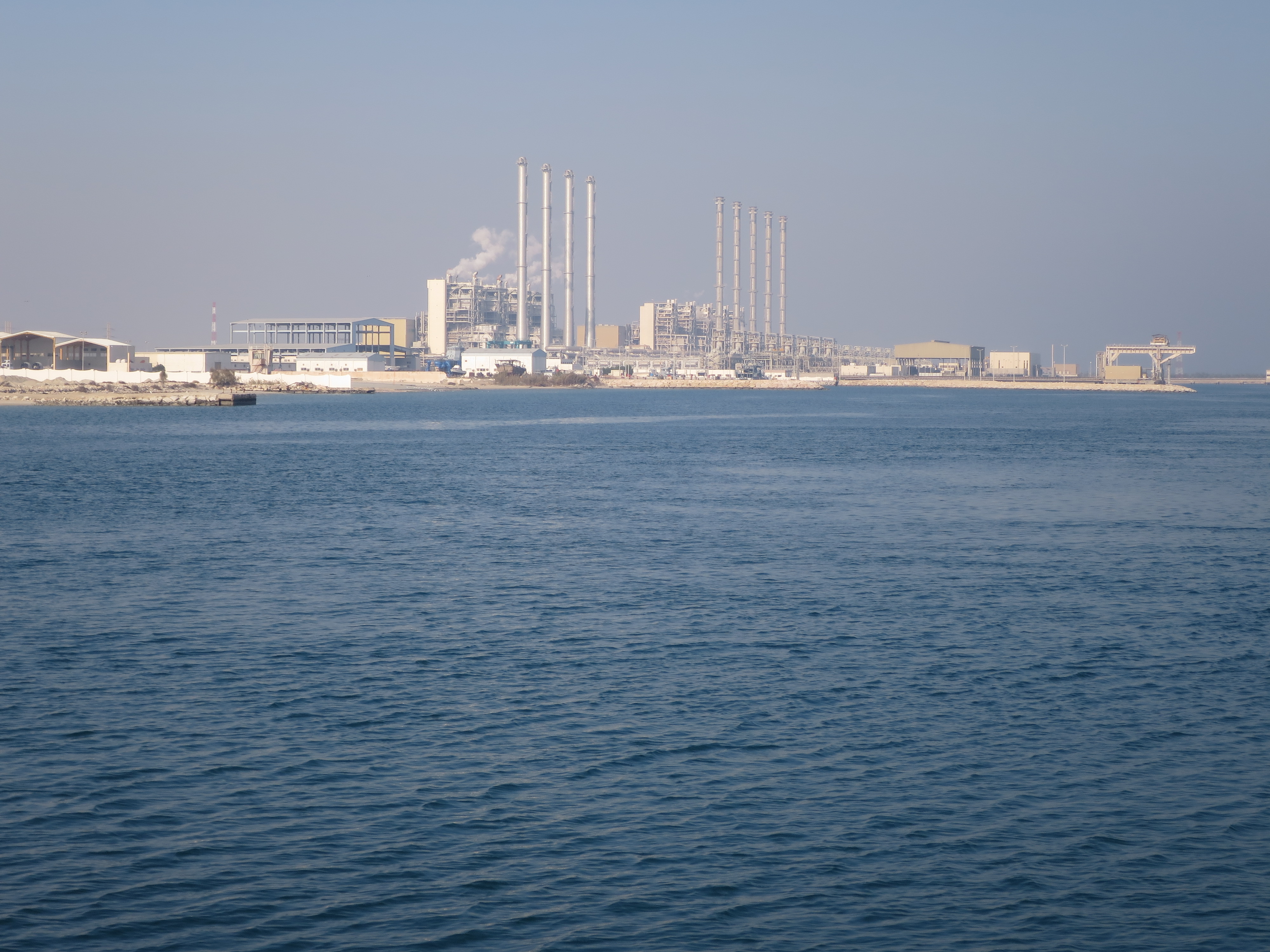
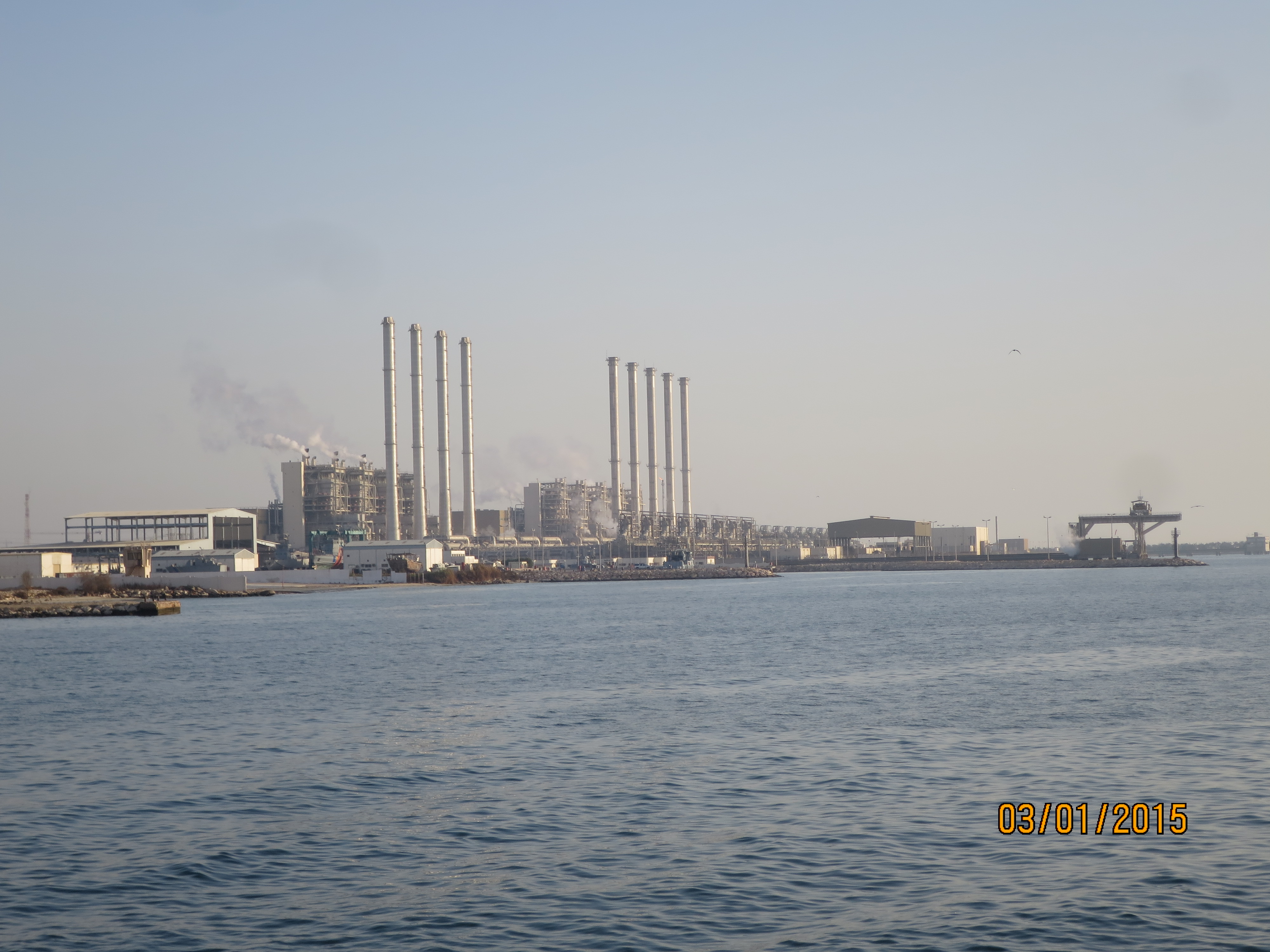
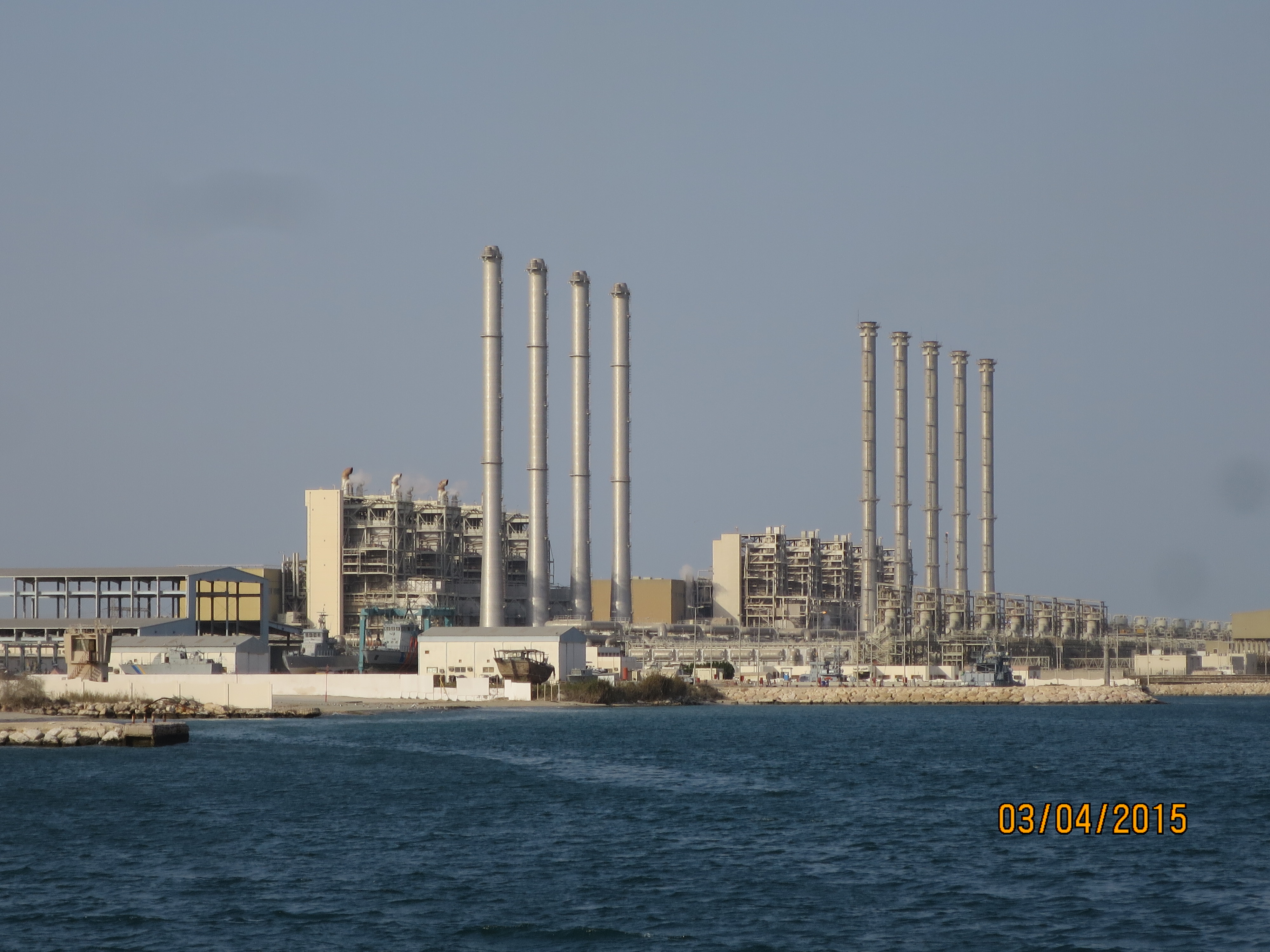
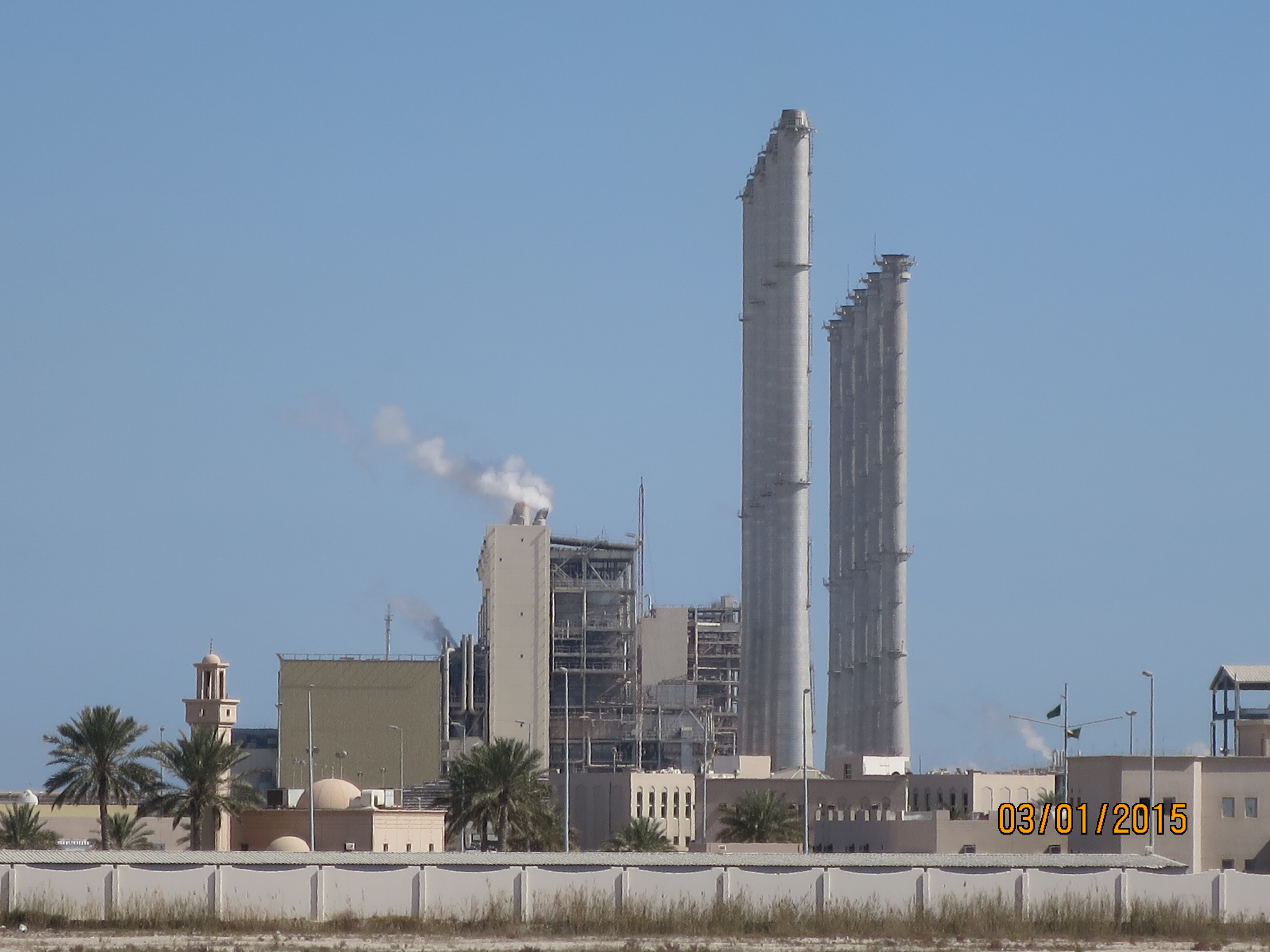
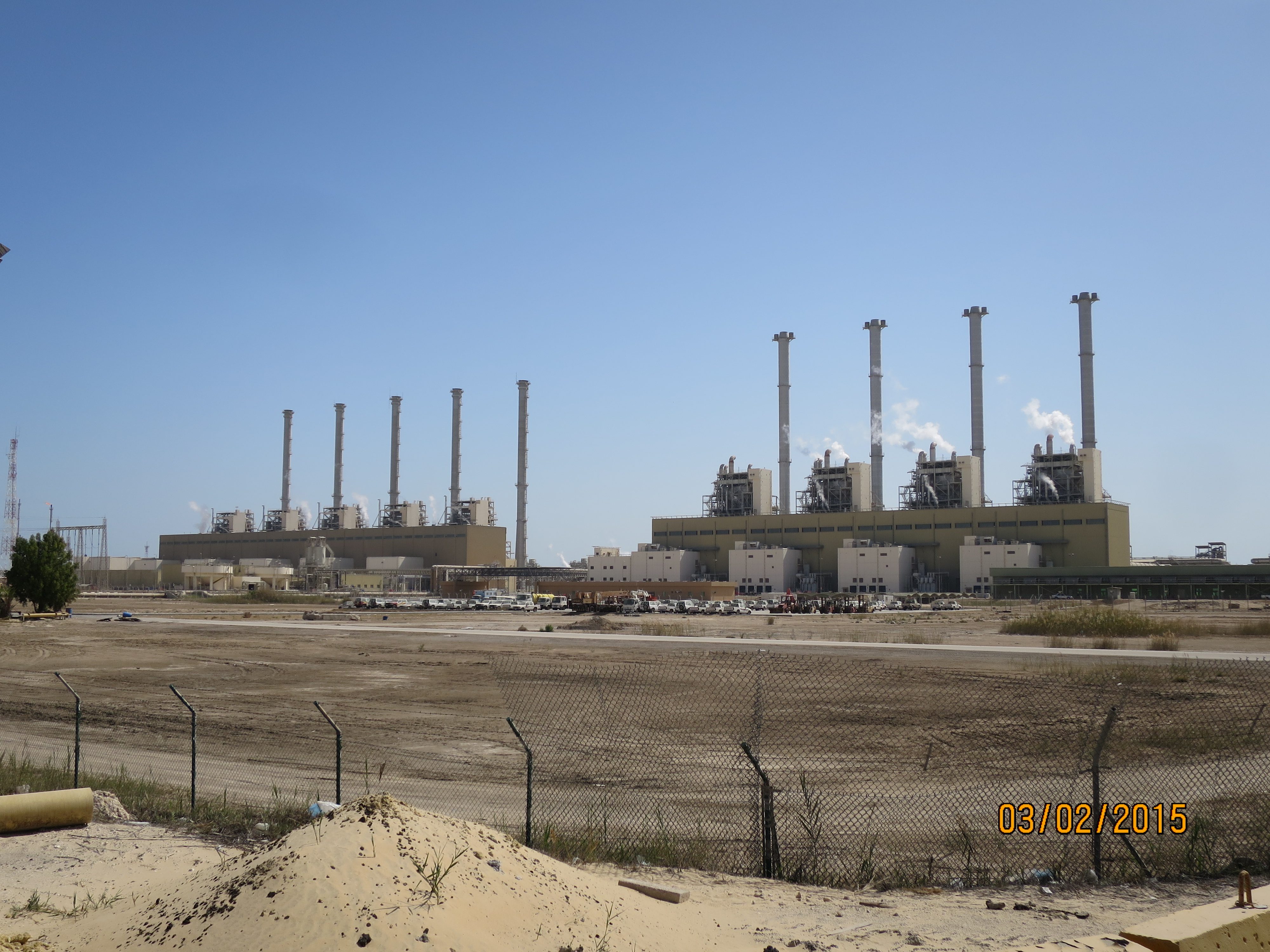
VERY interesting Bob- and a little bit unnerving to think about the planet running out of water. The recycling of water sounds like a great alternative, as well as the desalinization. Amazing what money can do:)
Marian